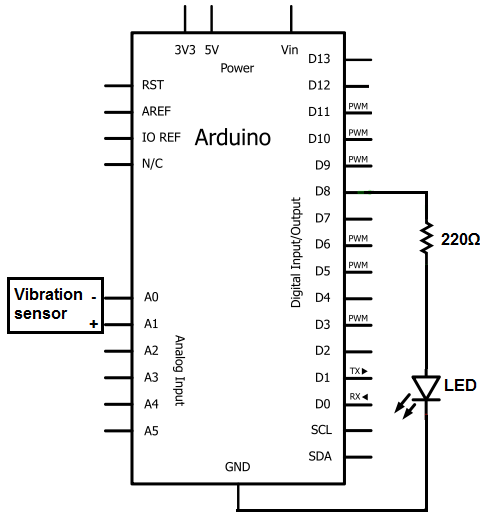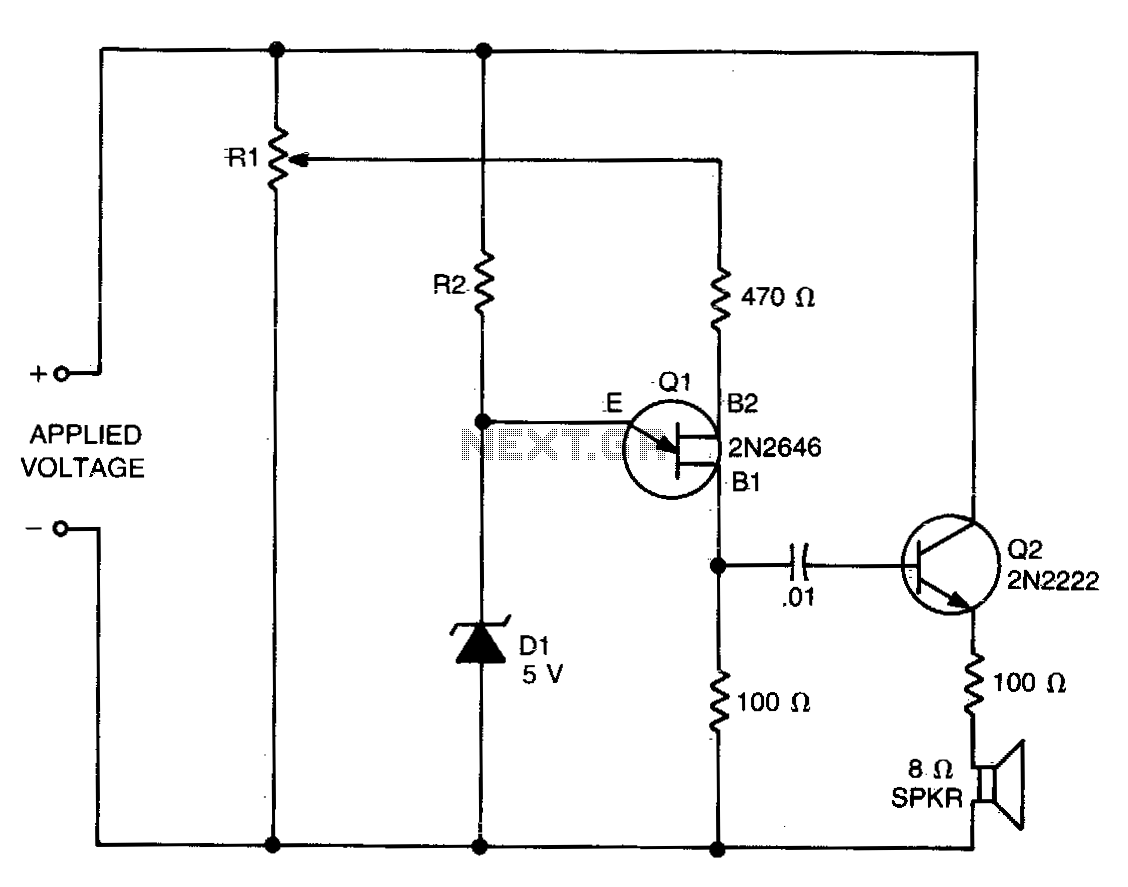
Metal Detector

A single chip metal detector with a range of a few inches. This is useful for detecting nails or screws in walls and floors, or for locating buried mains cable.
The single-chip metal detector circuit typically consists of a few essential components that work together to detect metallic objects. At its core, the circuit utilizes an oscillator, which generates an electromagnetic field. This electromagnetic field is emitted from a coil, often referred to as the search coil or antenna. When a metallic object, such as a nail or screw, enters this field, it induces eddy currents in the metal, which in turn alter the electromagnetic field.
The oscillation frequency of the circuit is usually within the range of a few kilohertz. The change in the electromagnetic field caused by the presence of metal is detected by the same coil or a separate sensing coil. This detection mechanism is often enhanced by using a microcontroller or dedicated IC that can process the signals received from the coil.
The circuit may include additional components such as resistors, capacitors, and diodes to filter and amplify the detected signal. A simple audio output device, like a buzzer or speaker, can be integrated to provide an audible indication when metal is detected. Furthermore, an LED may be included to offer a visual cue, enhancing user feedback during operation.
Power supply considerations are also crucial. The circuit can typically be powered by a low-voltage battery, ensuring portability and ease of use. The design can be optimized for low power consumption to extend battery life, making it suitable for handheld applications.
Overall, the single-chip metal detector is a compact and efficient solution for locating metallic objects in various environments, including construction sites and home improvement projects.A single chip metal detecor with a range of a few inches. This is useful for decting nails or screws in walls and floors, or for locating buried mains cable. 🔗 External reference
The single-chip metal detector circuit typically consists of a few essential components that work together to detect metallic objects. At its core, the circuit utilizes an oscillator, which generates an electromagnetic field. This electromagnetic field is emitted from a coil, often referred to as the search coil or antenna. When a metallic object, such as a nail or screw, enters this field, it induces eddy currents in the metal, which in turn alter the electromagnetic field.
The oscillation frequency of the circuit is usually within the range of a few kilohertz. The change in the electromagnetic field caused by the presence of metal is detected by the same coil or a separate sensing coil. This detection mechanism is often enhanced by using a microcontroller or dedicated IC that can process the signals received from the coil.
The circuit may include additional components such as resistors, capacitors, and diodes to filter and amplify the detected signal. A simple audio output device, like a buzzer or speaker, can be integrated to provide an audible indication when metal is detected. Furthermore, an LED may be included to offer a visual cue, enhancing user feedback during operation.
Power supply considerations are also crucial. The circuit can typically be powered by a low-voltage battery, ensuring portability and ease of use. The design can be optimized for low power consumption to extend battery life, making it suitable for handheld applications.
Overall, the single-chip metal detector is a compact and efficient solution for locating metallic objects in various environments, including construction sites and home improvement projects.A single chip metal detecor with a range of a few inches. This is useful for decting nails or screws in walls and floors, or for locating buried mains cable. 🔗 External reference





